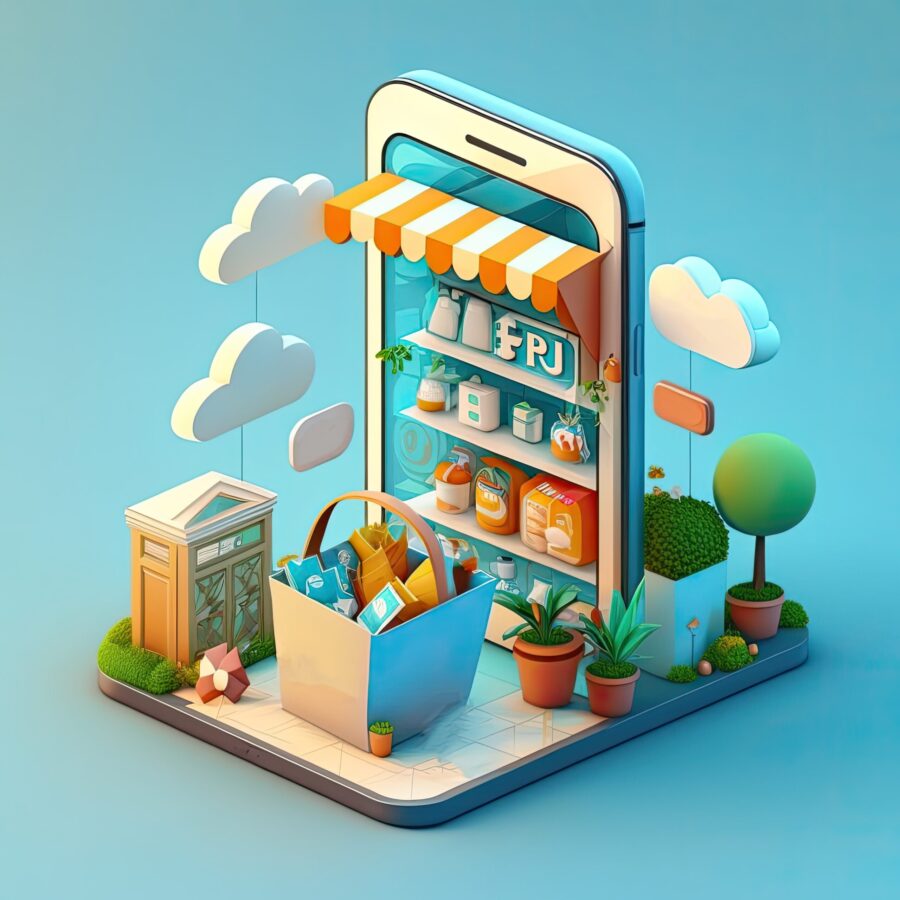
By Jess Warrington, General Manager, North America, CloudBlue
They say eCommerce is the new normal, but beyond simple selling, it has ushered in the next evolution of B2B transactions. Digital marketplaces enable tech vendors to broaden their reach and expand their catalog of products and services, giving companies the ability to package multiple types of products from an online network of distributors and resellers.
It’s partly an eCommerce experience, but more broadly, a B2B digital marketplace combines “sales” with opportunities to create new sources of revenue through a network of digital marketplaces on a cloud platform. Here are my tips for growing your business by building a scalable digital marketplace strategy.
It’s more than a storefront
Businesses want one-stop shopping just like regular consumers do, and digital marketplaces can work just as well for tech vendors as they do for retailers. Forrester predicts that B2B eCommerce will reach $1.8 trillion and account for 17% of all B2B sales in the U.S. this year.
The traditional legacy business model focused on the concept of one-and-done. A company sold a product and ships that product – end of the customer journey. With digital marketplaces, tech vendors can generate a recurring source of revenue through subscription or pay-per-use models. This allows more opportunities to cultivate and enhance ongoing customer relationships.
Dell and Lenovo, for example, offer more than just hardware when they sell their laptops. Microsoft 365 or Google Workspace is included, along with other productivity services. These extras are something business customers have come to expect – customers buy a laptop, plus they get a subscription for software-as-a-service (SaaS). Why settle for one solution when they can get a bundle of products and services, such as storage or cybersecurity? Simple selling is not enough for tech vendors.
Staying connected through an ecosystem
When it comes to the digital marketplace, the post-shopping cart experience and through the customer life cycle is where this ecosystem brings the most value. It’s about Anything-as-a-Service (XaaS) in this digital-first world. Tech vendors are often dependent on the volume of products or software solutions sold and have more opportunities to increase sales in an online network of digital marketplaces.
Businesses would rather buy outcomes for $1,000 a month and be able to scale on-demand, than invest in ten different solutions up front for $50,000, not knowing when those products will become outdated. With digital marketplaces, tech vendors are creating a more elastic relationship with how they deliver results to their customers. That, in turn, promotes customer stickiness.
Joining a digital ecosystem enables SaaS solutions developers to offer custom add-ons to refine their products and make them more appealing to channel partners. Tech Vendors can build their own multi-channel marketplace structure and manage both their own IP catalog and those add-ons developed by third-party developers. This makes it easier for tech vendors to complement their products and showcase them where their customers are already buying solutions.
Tech vendors who navigate the digital marketplace landscape best utilize a marketplace platform with the technology to manage and integrate all their account subscriptions.
An ecosystem enabler connects digital marketplaces using APIs:
Digital ecosystem management and marketplace platform that enables Tech vendors to build their own ecosystem
| Vendors Ecosystem | Providers Ecosystem (Ecosystem Enabler) | Customer Ecosystems |
| Hardware / IoT Cybersecurity IaaS SaaS XaaS | Subscription, Billing and Order Management Vendor, & Catalog and Listing Management Multi-tier level Channel Partner Management Marketplace interfaces | SMBs Enterprises Channel Partners Resellers End Consumers |
It’s too complicated to go it alone in the digital marketplace landscape. Tech vendors can’t just set up an online store and wait for sales to come in. The main public cloud providers, including AWS, Azure and Google Cloud Marketplace, offer off-the-shelf cloud infrastructures that are highly valuable for business customers. Tech vendors can use a platform to automate every aspect of catalog fulfillment and management as they scale into new markets.
New business models
The B2B digital marketplace also opens the door to new opportunities. Consider a new business model referred to as B2B2X. This business model allows one business to use technology to sell its products through another business’ existing relationships with end customers or businesses, and the X factor can be a consumer, another business, or a public agency. Tech vendors can broaden their reach. Companies can go from simple selling to selling through a digital marketplace and selling with B2B2X platform models.
Investing in subscription and pay-per-use models will set tech vendors on a smoother path forward. The automated provisioning and management of services based on subscription models allows frictionless communications with Tech Vendor Solutions and allows the complexity of the billing reconciliation to be handled in the background while providing accurate real-time insights into customers’ services, projects, and profitability. At the same time, a marketplace platform puts tech vendors where they need to be – connected to an online community that allows businesses to take advantage of marketplaces filled with their target audience from vendors and distributors on to resellers.
At the most basic level, a Tech Vendor that provides a digital ecosystem management platform becomes a hub that creates and manages many different marketplaces, each one with its own back-end process, product catalog and information. All those marketplaces feed into one platform and tech vendors only have to deal with one channel management interface. It’s a way to manage and orchestrate their multi-partner ecosystem.
End-to-end automation of every step in the value chain is key. The automated management of subscription models provides frictionless communications with ecosystem partners. It allows businesses to connect and automate workflows across different systems, applications and data sources.
